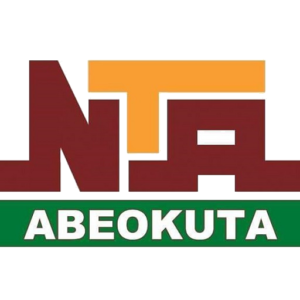
Ayman shape
The Central Bank of Bahrain issued a questionnaire on the proposed organizational framework for issuing and displaying sustainable debt tools and debt tools associated with sustainability, targeting all licensed financial bodies, listed companies, audit and law offices, and all capital market service providers.
The bank said in the questionnaire speech that within the framework of the “central” goal to develop the financial sector, the bank proposes a regulatory framework for issuing and displaying sustainable debt tools and debt tools related to sustainability, shown in the new departments in the sixth volume of the Central Bank of Bahrain’s rules guide, and asked to mobilize the questionnaire to enable the bank to a better understanding of the impact of this on the investments and operations of the licensed authority.
The questionnaire included questions about the approval of the bank’s approach in the proposed organizational framework to issue and display sustainable debt tools and debt tools associated with sustainability, how it will help prevent the phenomenon of “green washing”, the extent of approval on the level of disclosure required in the presentation document, and the approach followed on the condition of appointing an independent consultant to verify, and will the proposed organizational framework help enhance sustainable goals? Is it in line with the strategies of those bodies, and what are the opportunities in the market to issue such tools?
Economist Nora Al -Faihani explained that sustainable debt tools are financial tools “such as bonds or sukuk” issued by institutions to finance projects or activities with a positive environmental or social impact, such as renewable energy, green infrastructure, education, health care, or projects that contribute to achieving sustainable development goals.
The central bank defines qualified projects that include green and social projects such as: renewable energy and energy efficiency, waste and pollution management, clean transport and green buildings, water and biological diversity, and social projects such as housing, education, health care, employment, food security, and social empowerment.
The “Central” included a new set of terms that reflect the increasing trend towards sustainable financing, including:
Sustainable debt tools, which are financial tools that are used exclusively to finance or re -financing green or social projects or a combination of them.
The debt tools associated with sustainability, which are debt tools that depend on the future performance of the source in achieving specific sustainability goals, and their financial characteristics may change based on the achievement of those goals.
According to the papers published on the central bank’s website, sustainable debt tools are divided into two main types:
• Sustainable bonds, which finance projects that combine environmental and social goals.
• Bonds related to sustainability, which are not devoted to specific projects, but are linked to the performance of the source in achieving specific sustainability goals “such as reducing emissions or improving energy efficiency.”
Al -Faihani emphasized that this initiative is not new to Bahrain, and it drew attention to some examples of sustainable financing in Bahrain, the most prominent of which is the financing of the National Bank of Bahrain for solar panel projects, the integrated financing offer for the real estate loan + solar financing, so that the buyer can integrate the cost of the solar system within real estate financing.
On the benefit and advantages of sustainable debt tools for banks, Al -Faihani indicated that it will contribute to diversifying financial products so that it allows banks to provide innovative financing solutions that meet the needs of customers interested in sustainability, and it will also have a positive impact in improving the institutional reputation and enhancing the bank’s image as an environmentally responsible and social institution.






